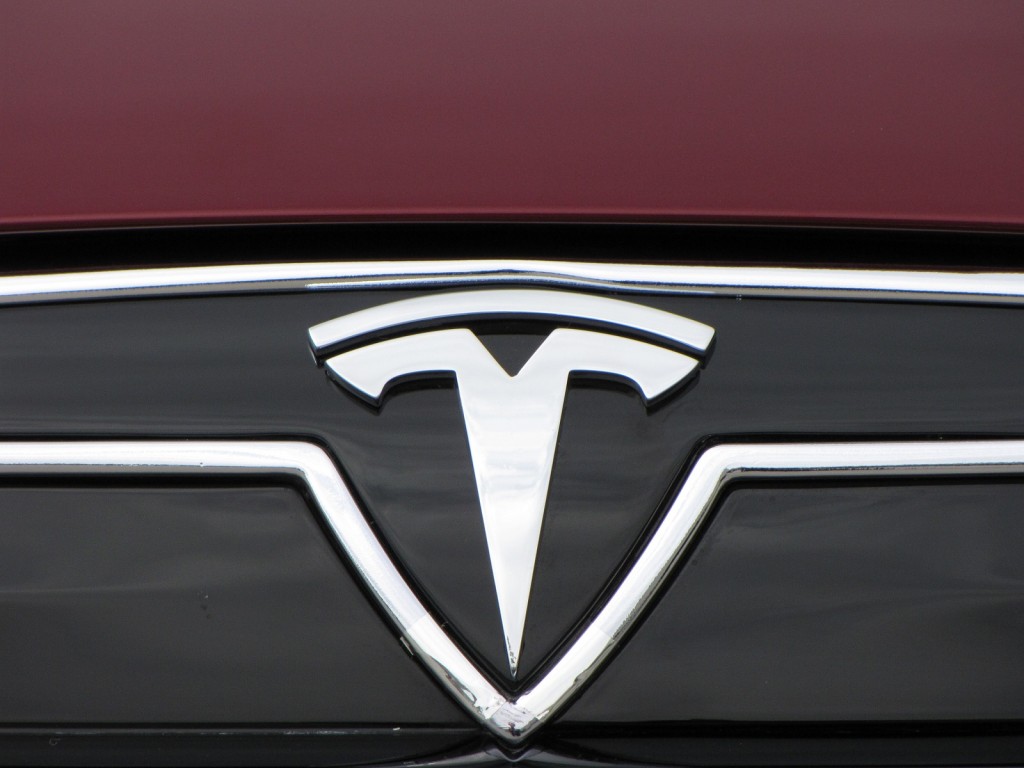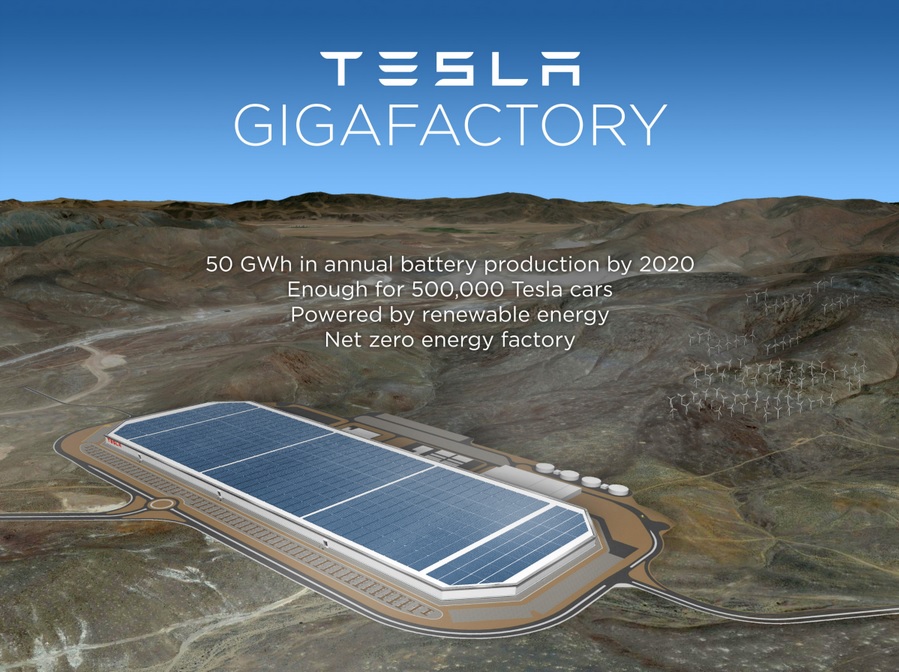
2012 Tesla Model S
The Tesla Model 3 that will be unveiled next Thursday evening may be the most anticipated and significant electric car of recent years.
Scheduled to hit the market in late 2017 with a price tag of $35,000 before incentives and a range of 200 miles or more, the Model 3 aims to be the first true mass-market electric car.
Its sales are targeted at 500,000 per year by 2020—fully 10 times the production rate of the $75,000-and-up Tesla Model S.
DON'T MISS: Where Can Tesla Legally Sell Cars Directly To You? State-By-State Map
Tesla and partners will ultimately invest $5 billion in a “gigafactory” to build lithium-ion cells and batteries for the Model 3, and billions more to develop and produce the car.
Its success (or lack thereof) will almost certainly make or break Tesla as a car company.
[EDITOR'S NOTE: We originally published this article in June 2015. With the unveiling of the Model 3 imminent—though how much detail we'll get isn't clear—it seemed useful to republish it for discussion before the launch. That said, we have no more information now about Model 3 details than we did then, and the article represents surmise and educated guesses rather than any inside information.]
But for all the hype surrounding the Model 3, virtually nothing is known about the technical details of the car.
Tesla is playing it close to the vest, and says only that it will unveil a Model 3 concept car sometime next year.

Tesla Model S unveiling
But that hasn’t prevented a flood of speculation about the Model 3, including a number of photorealistic renderings--based almost entirely on their creators’ fevered imaginations.
Speculation worth reading
But a recent article about the Tesla Model 3 on the stock-market website Seeking Alpha caught our eye.
Unlike much other Model 3 speculation, it seems to be a thoughtful design analysis based on a reasonable understanding of car batteries and automotive design.
ALSO SEE: Kitten Rescued From Tesla Model S Electric Car Motor: Video
And the report reaches some interesting conclusions.
Author Randy Carlson predicts three versions of the Model 3.
Tesla Model S
- 344: Entry-level, single-motor, rear-wheel drive version, with a base price of $35,000, EPA range of 220 miles from a 44-kWh battery, and 0-to-60-mph time of 5.6 seconds
- 366D: Dual-motor AWD standard version with an EPA range of 320 miles from a 66-kWh battery. 0-60 time 4.7 seconds, price $44,000
- P366D: 340-hp performance version with dual motors, AWD, a 300-mile EPA range, and 0-to-60 time of 3.1 seconds; priced with leather and a luxury interior at $60,000
Size
Elon Musk has said the Model 3 will be about 80 percent of the size of the current Model S.
If “size” is interpreted to mean volume (length x width x height), then the Model 3 will be almost exactly the same size as the current BMW 3 series, says Carlson.
But because of its smaller motor(s) and flexible battery placement, the Model 3 can have a longer wheelbase. This, in turn, will allow a larger cabin and bigger wheels.
MORE: History Of Tesla And Its Electric Cars, In Only 2 Minutes Of Video
Carlson predicts the Model 3 will weigh 3150 to 3600 pounds, depending on the model.
Battery
Key to the Model 3’s performance and price, of course, is its battery.
Carlson bases his analysis on assumed improvements in the battery pack.
![Tesla Model S lithium-ion battery pack in rolling chassis [photo: Martin Gillet via Flickr] Tesla Model S lithium-ion battery pack in rolling chassis [photo: Martin Gillet via Flickr]](https://images.hgmsites.net/lrg/tesla-model-s-lithium-ion-battery-pack-in-rolling-chassis-photo-martin-gillet-via-flickr_100481091_l.jpg)
Tesla Model S lithium-ion battery pack in rolling chassis [photo: Martin Gillet via Flickr]
Slightly larger cells—20 mm x 70 mm, instead of Tesla’s current 18 mm x 65 mm—optimize pack assembly and cooling. Improved battery chemistry, Carlson assumes.
He also suggests that Tesla and its cell partner Panasonic will use a silicon-graphene anode in place of the current cell’s graphite anode.

2012 Tesla Model S beta vehicle, Fremont, CA, October 2011
The cost per kilowatt-hour of such a cell, produced in the Gigafactory, would be cut in half, Carlson predicts. Energy density would increase by 29 percent, from the current 265 watt-hours per kilogram to 343 Wh/kg.
Carlson arranges the cells into modules of 240 cells each. The 44-kWh battery pack would have eight modules, while the 66-kWh battery would have 12.
These modules would be significantly smaller than the current Model S modules, yet provide slightly more energy capacity.

Rendering of Tesla battery gigafactory outside Reno, Nevada, Sep 2014
Because more space-efficient modules would take up less floor area, the Model 3’s footwells could be lowered by about 4 inches. This would reduce the overall height and frontal area of the car.
Driveline improvements
Carlson writes that “electric drivetrains are getting smaller, lighter, and cheaper, quickly.”
He speculates that there will be two basic drive units for the Model 3. The first, rated at 188 to 221 horsepower, will be derived from the current drive units in the S85D and S70D. It will be used as the sole rear-drive unit for the 344, and the rear drive of the dual-motor P366D.
A smaller (110- to 120-hp) and more advanced drive unit will be developed for the intermediate Model 366 (used at both front and rear) and the high-performance P366D (front only, with the large motor used at the rear).
![Rescuing a feral kitten from the motor compartment of a Tesla Model S electric car [John Griswell] Rescuing a feral kitten from the motor compartment of a Tesla Model S electric car [John Griswell]](https://images.hgmsites.net/lrg/rescuing-a-feral-kitten-from-the-motor-compartment-of-a-tesla-model-s-electric-car-john-griswell_100512773_l.jpg)
Rescuing a feral kitten from the motor compartment of a Tesla Model S electric car [John Griswell]
He also predicts substantial improvements in cost and efficiency in the inverters that feed the battery’s DC power to Tesla's AC motors.
Cost breakdown
To show how he arrived at his price numbers for the three versions of the Model 3, Carlson provides a detailed cost breakdown, which he describes as conservative.
He predicts the entry-level 344 version, at $35,000, will produce a 10 percent profit margin. A loaded P366D would deliver a 30-percent profit margin.
Carlson estimates the cost to build the Model 344’s 44-kWh battery at $6,918.

2016 BMW 3-Series
Comparing to BMW 3-Series
Tesla CEO Elon Musk has said that the Model 3 will target the BMW 3-Series, so Carlson compares his speculative car’s specs to those of Bimmer's current highest-volume model.
“Does BMW offer a similar size car with equal or greater acceleration and/or a car with equal or greater efficiency, for the same or lower price?,” he asks.
“The answer to our question is emphatically 'NO'."
“The Model 3 saves energy, goes quicker, and costs less than comparable BMW 3-Series cars.”
Carlson’s numbers show the 344 out-dragging the BMW 320i to 60 mph by 1.5 seconds. He also predicts it will be more than 300 pounds lighter than the 320i—a dramatic reversal of the current state of the art, in which electric cars are typically heavier than comparable ICE cars.

Two Tesla Model Ses face off in the quietest drag race ever
The 366D, weighing 400 pounds less than BMW’s 335ix, would have comparable performance at a slightly lower price.
And Carlson’s P366D, with its 0-60 time of 3.1 seconds, blows away the BMW M3, the 3 series’ flagship performance car.
As any BMW booster knows, the superb handling qualities of the 3 series play a huge role in its long-term iconic status. Whether the Model 3 can match that lofty standard remains to be seen.
Caution: Speculation
Yes, it’s all speculation, of course.
But until Tesla pulls back the curtain, this is the most detailed and well-informed guesswork about the Model 3 that we’ve seen so far.
_________________________________________________












